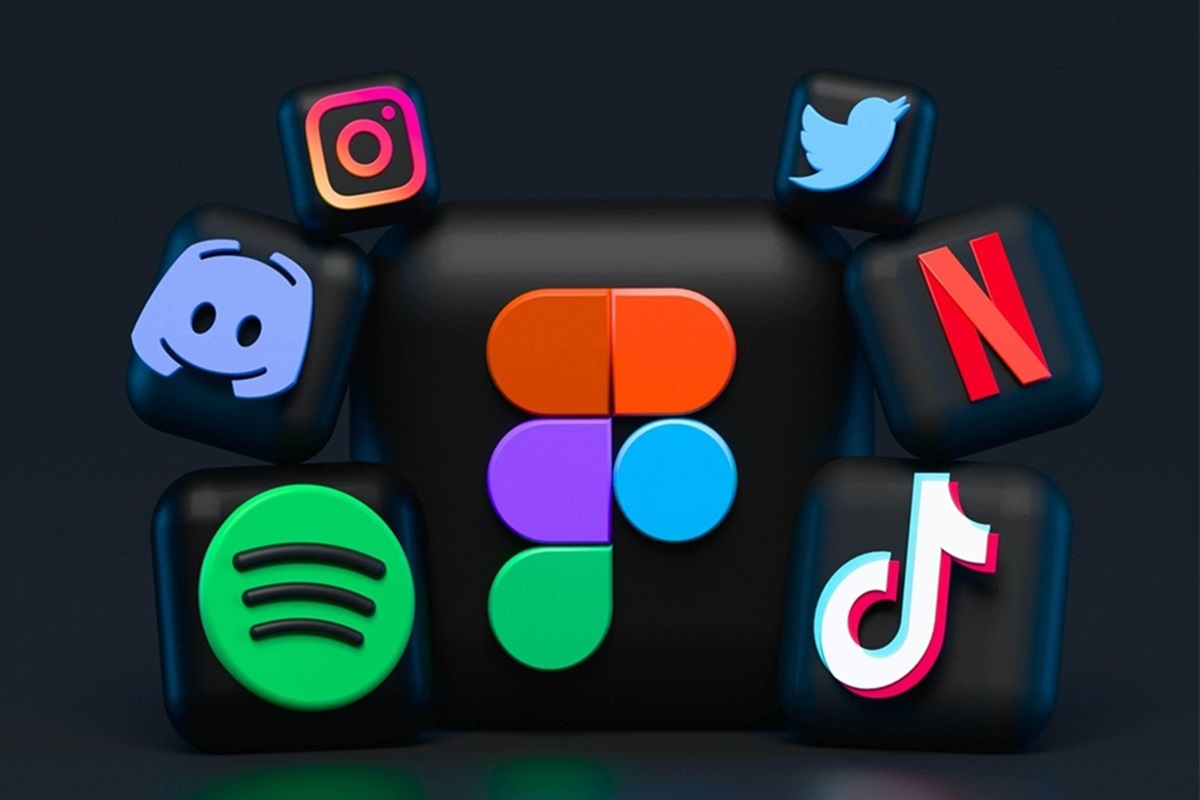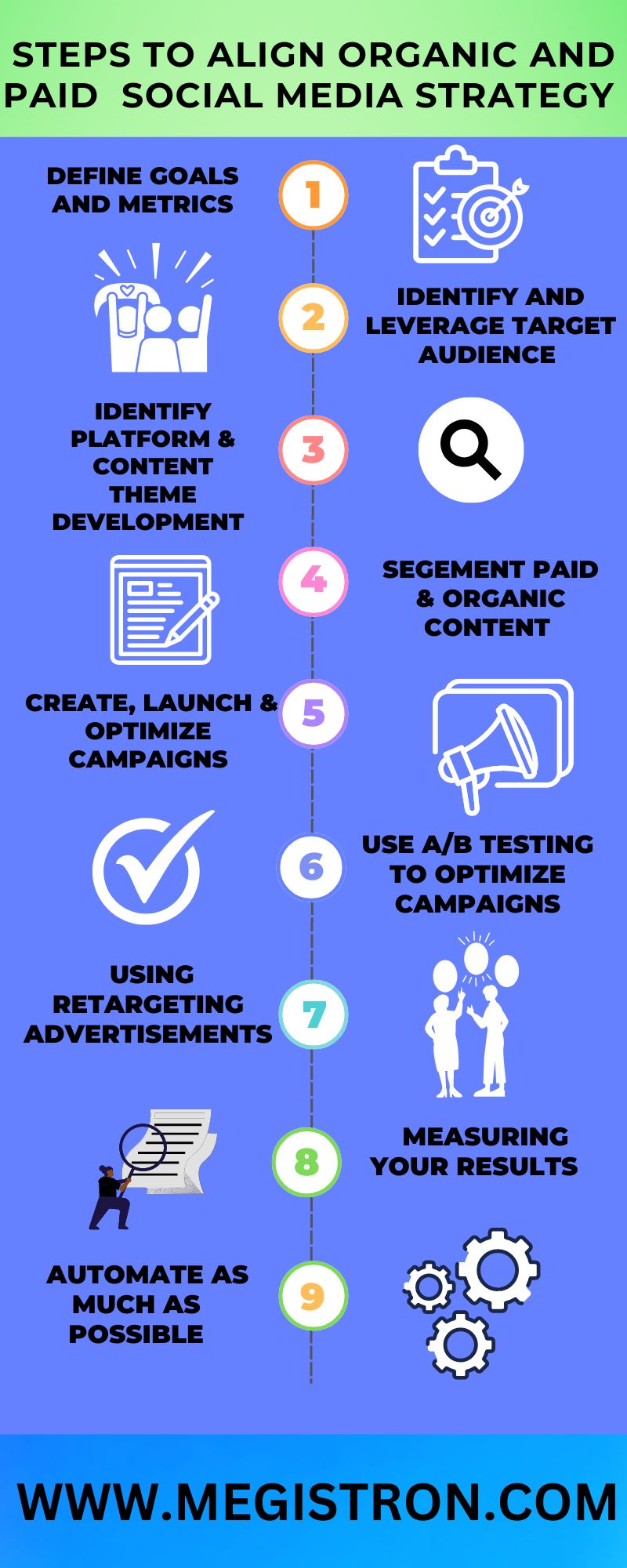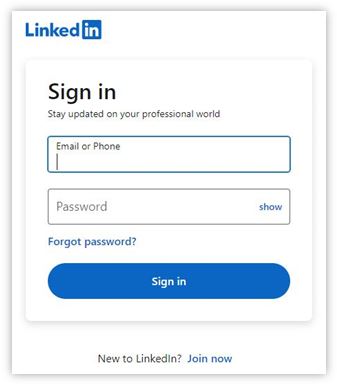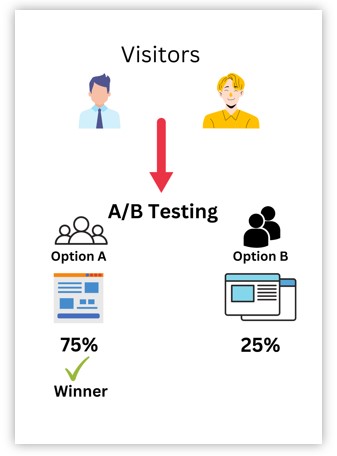According to Forbes, an estimated 4.9 billion people use social media in the world. X (Twitter), Instagram platform, Facebook platform, and YouTube platform are some of the popular social media platforms across the globe. While SEO services and PPC services are on everyone’s list, many people ignore the power of social media platforms in brand promotion. Integrating organic and paid social media campaigns has become a crucial strategy for businesses looking to maximize their online presence and engagement. Organic social media focuses on authentic, community-driven interactions, building trust and brand loyalty. On the other hand, paid social media amplifies this reach by targeting specific audiences with precision and driving measurable results. In this blog, we will explore effective strategies to seamlessly blend organic and paid efforts, unlocking the full potential of social media campaigns.
What is social media marketing?
Social media marketing is the use of various social media platforms to promote online business, connect with existing customers, and increase organic traffic. In short, social media marketing helps in building long-term relationships with your audience. With an adequate social media marketing strategy, you can maintain customer relationship management (CRM) and share different content types with the audience you want to target. A well-integrated social media strategy can guide your actions and help you analyze the performance of your marketing strategy.
There are two types of social media marketing:-
- Organic social media marketing
- Paid social media marketing
Organic social media
Organic social media is a marketing strategy which helps businesses reach out to their target audience without spending money. This includes creating and sharing content, building a community, and relying on the audience for further reach. It is one of the most effective strategies in building brand awareness as it allows curated content that exhibits your brand personality, and it is considered a core component of a comprehensive digital marketing strategy. Organic social media marketing requires meager financial investment, making it an ideal starting point for small-scale businesses. SEO services are one of the effective marketing strategies to increase the search ranking of the website and to promote your brand.
Organic social media offers flexibility and affordability, making it an ideal marketing platform for small and medium-sized businesses to promote their business offerings without time constraints. It enables companies to be creative with their strategies, using engaging images and videos to highlight their brand. This approach not only showcases a positive image of your company but also fosters brand loyalty among customers.
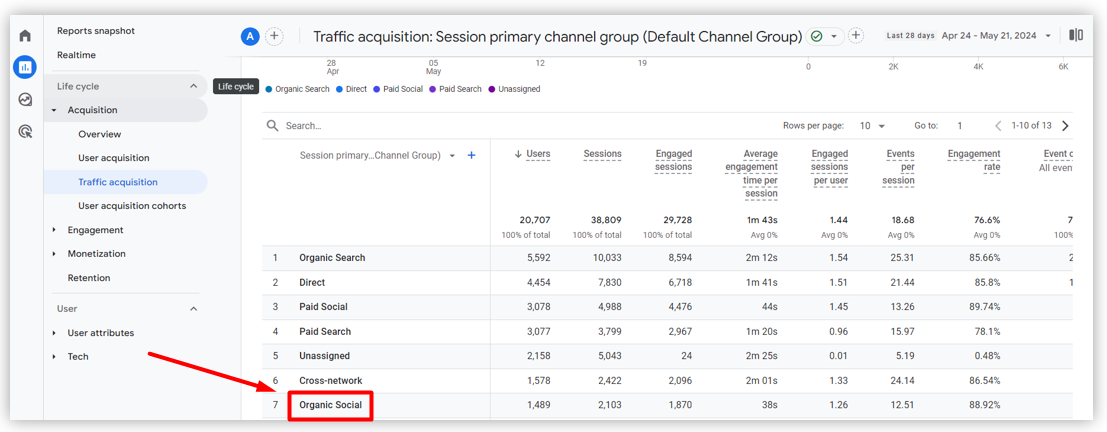
Disadvantages of organic social media
While it is a great platform to showcase your creativity to your audience, it often restricts showing your posts and videos to your targeted audience. For example, on Instagram, only your followers can see your posts or videos, but there might be some other potential audience on that platform who is not aware of your brand. Therefore, it might happen that you lose some of your potential customers to your competitors.
Types of organic media content
Types of organic media content includes:-
- Text posts– As the name suggests, text post means a type of content that is posted on social media in the form of text. Creating eye-catching meta titles and meta descriptions is crucial to drive traffic to websites and increase website ranking.
- Images – Images are one of the most effective ways to promote your brand, as it captures the attention of customers. Using meta tags in images is crucial to increase ranking of your webpage.
- Videos – Another visual content after images are videos which are used to attract and engage customers for promoting a brand. Video marketing attracts more customers for conversions.
- Blogs – With the help of blogs you can post informational content to engage with the audience and provide them with knowledge about a particular area. By writing engaging content and creating compelling infographics, you can lure potential customers to your webpages, with high chances of taking desired action.
Paid social media
When running paid ad campaigns, PPC services are one of the effective marketing strategies to promote your brand. However, there are some other paid ads that can be run on across multiple social media platforms, such as Instagram Ads, Facebook Ads, YouTube Ads and X(Twitter) Ads.
Paid social media is another word for advertising. It refers to paying money to social media sites in order to promote your products and services to your targeted audience. It includes running targeted ads, boosting posts and using various ad formats to reach specific demographics. According to eMarketer, paid social media rebounded after the pandemic. Paid social media advertising includes many advantages such as:-
- Customizing content according to target audience.
- Increasing channel engagement and reach.
- Tracking ROI invested on different campaigns.
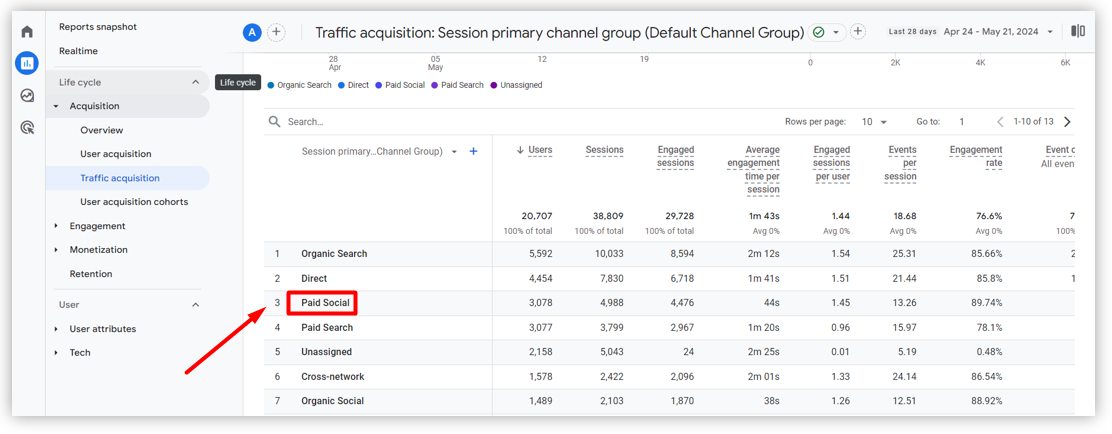
Advantages of paid social media
Paid social media offers numerous advantages for businesses to enhance their online presence and reach targeted audiences effectively. One of the primary benefits is the ability to precisely target audiences based on demographics, interests, and user behaviors, ensuring that your ads reach the most relevant potential customers. This approach helps in maximizing the return on investment. Additionally, paid social media campaigns provide measurable results through detailed analytics, allowing businesses to track performance, adjust strategies in real time, and optimize their advertising efforts. With features like boosted posts, sponsored content, and a variety of ad formats across platforms such as Facebook, Instagram, YouTube, and X (Twitter), paid social media empowers businesses to amplify their message, drive traffic, and achieve their marketing goals more efficiently. Whether you are running Google Ads, Microsoft Ads, etc., or ads on social media platforms, to maximize the returns on the ad budget, you must ensure that the advertising budget is not getting drained on irrelevant clicks.
Disadvantages of paid social media
The disadvantage of paid social media is that even after investing a huge amount, you might get zero conversion, which can add to the burden of increased expenses. Also, you have to constantly analyze the performance of the campaign, which requires a lot of effort and time.
Types of paid social media content
Types of paid social media content includes:-
- Video advertising – Video advertising refers to advertising done in the form of video to promote services and products.
- Images advertising – Images advertising is done in the form of images on the internet to promote brands and services.
- Carousel advertising – Carousel advertising is a combination of multiple videos and images into a single ads. The format combines multiple images/videos, call-to-actions and headlines at a single place.
- Text-only advertising – Text ads are one of the popular ad forms used in email marketing. It refers to the promotion of video and services in the form of words and sentences. Creating an effective text ad can draw potential customer attention and help in conversion.
Organic vs paid : which one to choose?
Organic marketing and paid marketing both of them are equally important based upon your intent. Organic marketing is a long term marketing that helps you to build brand loyalty and long term relationship with your customers even if you stop investing money into it. While paid marketing helps you to increase brand awareness and conversion goals based upon your short- term goal. The best thing about paid ads is that you can invest according to your budget and your objectives. A well integrated paid and organic marketing helps you to build a strong online presence in the social media marketing world.
Steps to align organic and paid social media marketing strategy
1. Define goals & metrics – The first step to build an effective social media marketing strategy is to define your goals and metrics for your every campaign. Goals are your desired end result. Without goals it would be hard to understand in which direction your marketing efforts are going and whether you will be able to reap fruitful results. SEO metrics helps you to analyze the performance of your marketing strategy. You can use various tools such as Google Analytics, Facebook Insights, Twitter Analytics to track social media metrics of your marketing campaign performance.
2. Identify & leverage target audience – Identifying your target audience is crucial to customize your marketing effort to build an authoritative business and capture brand loyalty among the audience.
Identification of the audience can be done on the basis of age, gender, location, interest, etc. By researching information before creating a marketing strategy can guide both social media and paid media to reach the right audience at the right time and location.
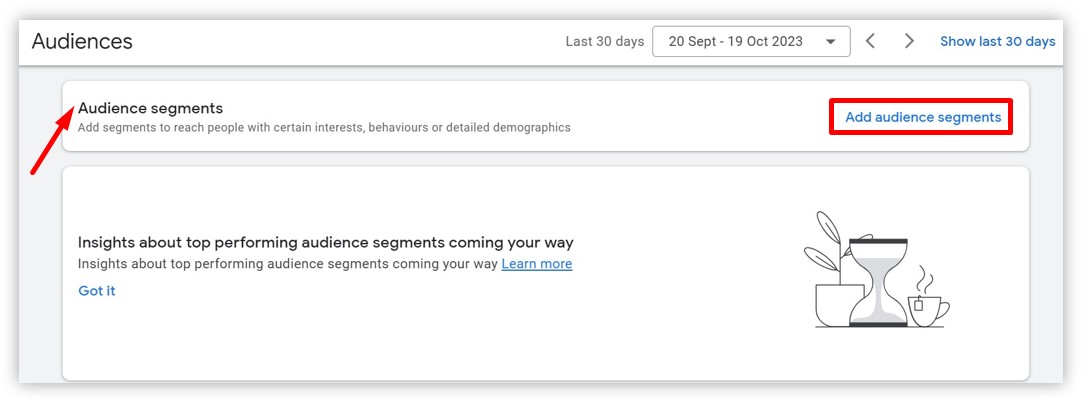
3. Identify platform & content theme development – After finding your target audience it is necessary to find on which platform your target audience is spending most of their time. Platforms such as YouTube, Instagram, LinkedIn and X formally Twitter are commonly used popular social media platforms where you can reach a wide audience but each of the platforms are different from each other in terms of their purpose. For example, the LinkedIn platform is a business specific social networking site generally used for networking and sharing business related content whereas Instagram is used for entertainment purposes where people post videos and images. Therefore, it is crucial to understand what type of your business is and which type of platform can be used to promote your brand. Similarly curating content based on the platform and target audience can help you leverage over your competitors to accelerate business goals.
4. Segment paid & organic content – Planning and segmenting paid and organic social media marketing according to your goal is necessary to obtain desired results. By organic social media marketing, you can engage with customers and grab their attention to build brand loyalty, whereas paid social media marketing is useful to promote your brand to a large audience and increase visibility online. The integration of both can help establish the business in that domain. Aligning paid social media campaigns could be a great way to synchronize the efforts to obtain desired results.
5. Create, launch & optimize campaigns – Creating, launching, and optimizing campaigns is generally done for paid social media campaigns, but it can be done for organic marketing also. The best examples of paid campaigns are PPC advertising and Facebook advertising, where you can customize your campaign according to your needs and results.
Creating and launching tailor-made campaigns according to the target audience and platform where you want to advertise could lead you to obtain maximum results. After that, you should analyze the performance of the campaign to understand if you are missing some key elements which are necessary to reach your desired goal. Also, it is important to set KPI (key performance indicator) at the early stages of a social media strategy to track the performance of campaigns.
6. Use a/b testing to optimize posts – a/b testing refers to the comparison of two versions of a post or advertisement to understand which one is performing better. It is generally used when you can divide audiences into different groups according to the content they are consuming.
It is advisable to run a testing campaign before allocating your whole budget to a campaign. It allows you to understand whether a campaign is going to perform well or not. These types of campaigns can be used for advertising campaigns such as PPC advertising to monitor performance effectively. You can also hire a company that provides PPC services.
7. Using retargeting advertisements – Retargeting or remarketing refers to reaching online to your old visitors of a website or app, often by sending emails or displaying ads. It is used to capture potential customers for conversion or for meeting business goals through email marketing, showing Google Ads. Retargeting ads can be highly cost-effective because you are reaching those customers who have already shown interest in your product or services. It helps persuade visitors to come back to your site for conversions.
8. Measuring your results – Running a campaign without measuring results is a waste of effort and money. That’s why it is important to measure results. Using social media analytics tools can help you understand how your campaign as well as social media metrics are working such as like, share, comment, followers, etc. With a unified overview of social media activity, you can make data-informed decisions for maximum conversions in your live campaign.
9. Automate as much as possible – Social media marketing is a very time-consuming process. Whether you have a team of 100 people or 10 people, it is suggested that your campaigns be automated in order to minimise workload. You can automate social media marketing by scheduling your post in advance, setting up customized triggers for boosting posts, and streamlining the copy editing process in advance. Automation helps speed up the process of social media marketing so that you can build strong brand authority in the market and leverage over competitors.
Conclusion
Building long-lasting authority in a particular domain in the market is difficult, especially when it comes to online marketing, as there can be thousands of competitors. Therefore, it is advisable to reach a digital marketing company that can help you track and monitor all the metrics that can help you reach your desired goal.
To make the most of your social media marketing, it is crucial to understand the audience, platform, and strategy that can be incorporated to achieve the desired result. While organic social media can help you build brand authenticity and maintain relationships with customers, paid social media can help promote brands quickly, reach a wide target audience, and achieve short-term results. Incorporating both of the social media strategies can help you attain maximum conversion results and gain an edge over competitors. To achieve the desired results with your social media marketing efforts you can hire social media marketing professionals. As for your PPC campaigns, the professionals have expertise in search ads, display ads, running remarketing campaigns, etc. and for your SEO campaigns the experts provide you with SEO consulting, SEO auditing, SEO copywriting services, etc. Similarly, the social media marketing professionals provide you with the best social media marketing ROI.
References:
- Organic vs. paid social media: how to align your strategy
- The differences between paid and organic content on social media

